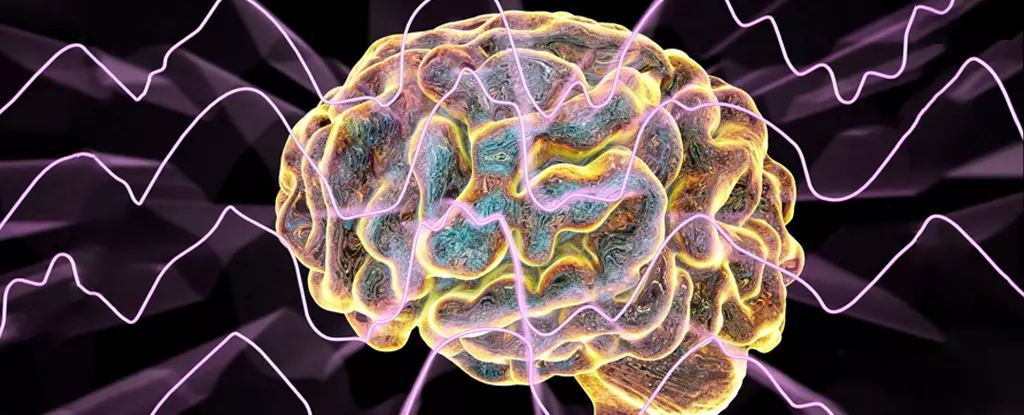The human brain is a complex organ that functions through a series of waves, orchestrating various activities simultaneously. Understanding how the brain keeps these distinct oscillations from intertwining has been a longstanding enigma in the field of neuroscience. Recent research conducted by US scientists sheds light on the direction of traveling brain waves and how they align with specific cognitive tasks. This discovery provides valuable insights into the coordination between different brain regions during learning and recall processes.
Methodology
The study involved 93 patients with drug-resistant epilepsy, who had electrodes temporarily implanted on the surfaces of their cerebral cortex. This unique setup allowed researchers to directly observe brain activity while the participants engaged in different cognitive tasks. By recording theta and alpha frequency waves during tasks related to memorization and recall, the researchers were able to analyze the directional flow of brain waves across the cortex.
One of the key findings of the study was that brain waves tended to move in specific directions depending on the type of cognitive activity being performed. During the memorization task, waves flowed from the back of the brain to the front, indicating the formation of internal context. In contrast, during the recall task, waves moved in the opposite direction, from the front towards the back of the brain. This directional pattern suggests a choreographed communication between different regions of the brain during memory-related processes.
Implications
The implications of these findings extend beyond understanding the mechanics of memory formation and recall. The researchers speculate that manipulating the direction of brain waves could potentially influence memory states. By applying targeted stimulation, it may be possible to alter the flow of brain waves and induce different memory outcomes. This opens up new possibilities for interventions to help individuals struggling with conditions like memory loss.
While the study provides valuable insights into the dynamics of brain waves during cognitive tasks, there is still much more to uncover. The exact role of traveling brain waves in driving neural activity remains unclear, and further research is needed to elucidate their precise mechanisms. As neuroscientists continue to unravel the complexities of the brain’s functioning, new avenues for therapeutic interventions may emerge, offering hope for those affected by neurological conditions.
The study on the direction of traveling brain waves during learning and recall represents a significant step towards understanding the intricate workings of the human brain. By revealing the pattern of brain wave movements during specific cognitive activities, the research provides a glimpse into the inner workings of our minds. As our knowledge of brain function continues to expand, so too do the possibilities for enhancing cognitive abilities and addressing neurological disorders. The dance of the brain waves may hold the key to unlocking the mysteries of the mind.



Leave a Reply